Jump to:
Flowers are supposed to enhance the feel of your garden, adding a touch of life and character. This is especially true when cultivating them in a greenhouse or potting shed. However, certain outliers challenge the norm with their distinctive, quirky appearances.
Delve into our list of the world’s “ugliest” plants, each with a peculiar charm. Discover how these botanical oddities carve out their own intriguing space. Here, you’ll also gain insights into their care requirements. Keep reading!
1. Corpse flower (Amorphophallus Titanium)
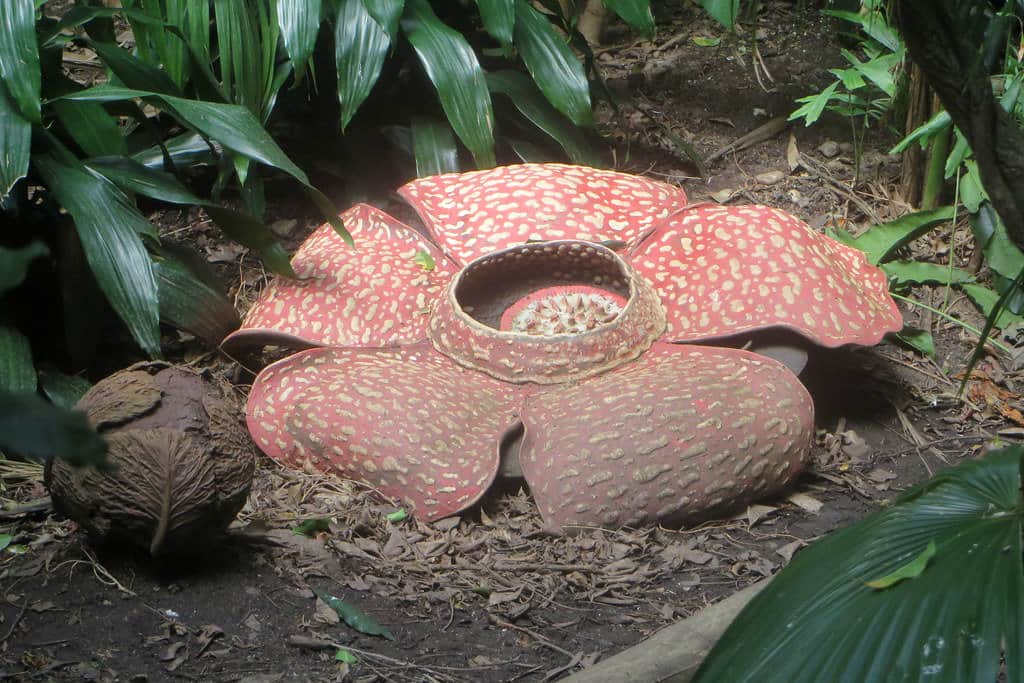
The corpse flower earns its ominous name with a rare blooming event that emits a foul odour resembling rotting flesh. Its colossal bloom, reaching up to 10 feet, features deep maroon hues and intricate patterns. Considered one of the world’s ugliest plants, its massive size and putrid smell aim to mimic a carrion beetle’s preferred environment.
To cultivate this peculiar beauty, provide well-draining soil, warm temperatures, and occasional fertilisation. Despite its unappealing reputation, the Corpse flower remains an extraordinary botanical marvel.
2. Stinky squid (Pseudocolus Fusiformis)

The stinky squid acquires its moniker due to its unusual look and unpleasant odour. Recognisable by long, tentacle-like bracts surrounding its dark flowers. It resembles an otherworldly squid; this plant is deemed one of the world’s ugliest. Yet, its unique allure lies in the bizarre combination of black hues and unique shapes.
To nurture Stinky squid, provide well-draining soil, partial shade, and regular watering. Growing it can be fulfilling for those who want a bit of botanical eccentricity in their gardens.
3. Vegetable sheep (Raoulia Eximia)
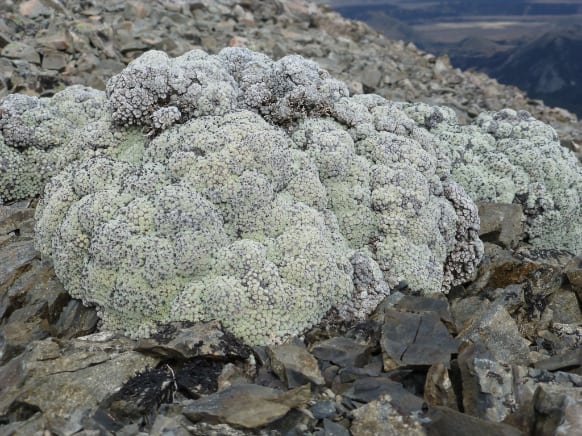
(Image Credit: Wikimedia Commons)
Vegetable sheep is a unique alpine plant native to New Zealand. It resembles a woolly cushion or moss-covered rock, earning its name. Its compact, tangled foliage serves as protection from harsh mountain climates. Although it has a special way of adapting to its environment, some people may find its appearance unusual.
To cultivate, ensure well-drained soil, ample sunlight, and protection from extreme temperatures. Appreciate its distinctive charm, and the Vegetable sheep will thrive in rock gardens.
4. Tree tumbo (Welwitschia Mirabilis)
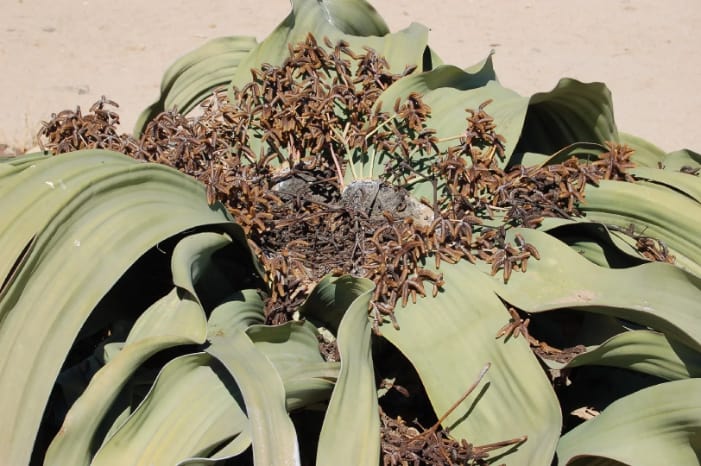
Native to South America, the tree tumbo bears vibrant orange fruits resembling a cluster of disfigured faces. The bulbous growths, although unique, contribute to its unattractive reputation. This shrub is hardy and easy to grow, however, while having that eccentric aesthetic.
Plant it in well-draining soil, and provide ample sunlight and water regularly. Its features add a quirky charm, making it a fascinating addition to your garden.
5. Birthwort (Aristolochia Gigantea)
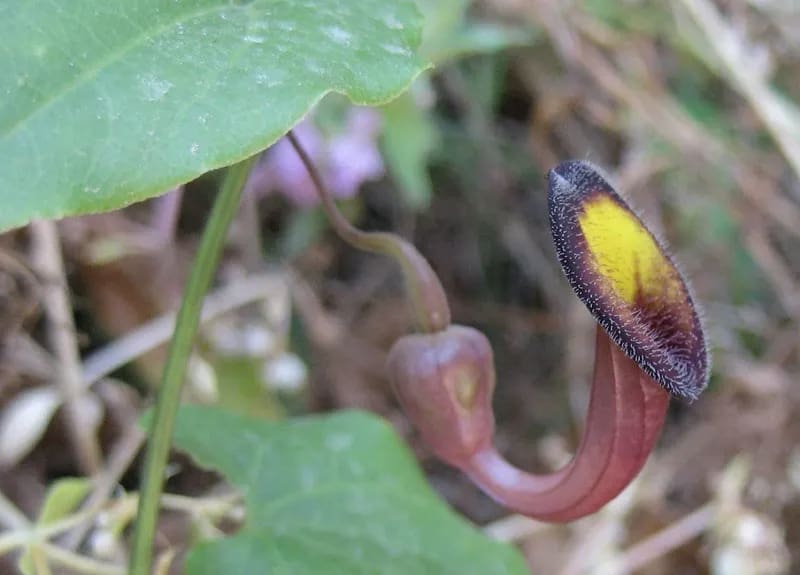
Hailing from South America, Birthwort’s flowers resemble a bizarre pipe. These blooms emit an unpleasant odour to attract pollinators. The peculiar shape, coupled with a foul scent, makes it one of nature’s less aesthetically pleasing creations.
But for those who appreciate the diversity of flora, caring for Birthwort is simple. Cultivate it in well-draining soil, offering partial shade and water consistently. Its out-of-the-ordinary traits make it a conversation-worthy addition.
6. Elephant’s trunk (Pachypodium Namaquanum)

Originating from Madagascar, the Elephant’s trunk boasts a bulbous trunk topped with sparse, thorny branches. It showcases a peculiarly wrinkled trunk, mimicking the folds of an elephant’s skin. Moreover, it’s characterised by knobby growths, adding up to its quirky look.
Caring for this succulent is straightforward. Plant in well-draining soil, provide plenty of sunlight and water sparingly. Keep it in a climate with temperatures above 50°F (10°C). Minimal pruning is also recommended.
7. Thorn of the Cross (Colletia Paradoxa)
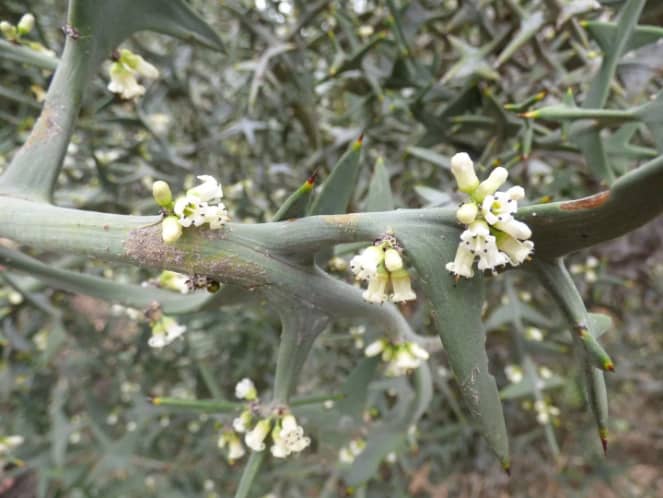
Thorn of the Cross is a resilient shrub native to South Africa. This slow-growing, hardy perennial sports grey thorns and oval leaves that gracefully drop as they mature. It showcases greyish flowers blooming in March and April.
Beyond its unconventional charm, it faces extinction risks due to habitat loss. To preserve: plant in well-draining soil, provide ample sunlight, and water moderately. Make sure to prune sparingly to maintain its unusual shape. Plus, protect from frost with sheets, towels, blankets, cardboard or a tarp.
8. Sea Onion (Bowiea Volubilis)

(Image Credit: Wikimedia Commons)
The Sea Onion is a curious-looking plant hailing from the Mediterranean region. Resembling an alien creature, it boasts a thick, bizarrely twisted stem crowned with tufts of wiry, green leaves. What makes it “ugly” is its peculiar inflorescences resembling drooping, snake-like structures. These flower clusters, although intriguing, contribute to its unconventional aesthetic. If you dare to cultivate this botanical oddity, ensure well-draining soil and a sunny spot.
9. Monkey cups (Nepenthes)

This fascinating plant belongs to a diverse family of over 120 species and thrives in humid climates. Originating from the tropical regions of Asia, including:
- Philippines
- Malaysia
- Thailand
- Indonesia
- Singapore
- New Guinea
These climbing wonders get their name from monkeys drinking the fluid in their pitcher-shaped leaves. The allure intensifies as insects are drawn to the nectar secretions and vibrant pitcher colouration. Cultivating Monkey Cups requires well-draining soil, high humidity, and indirect sunlight.
10. Bastard cobas (Cyphostemma Juttae)
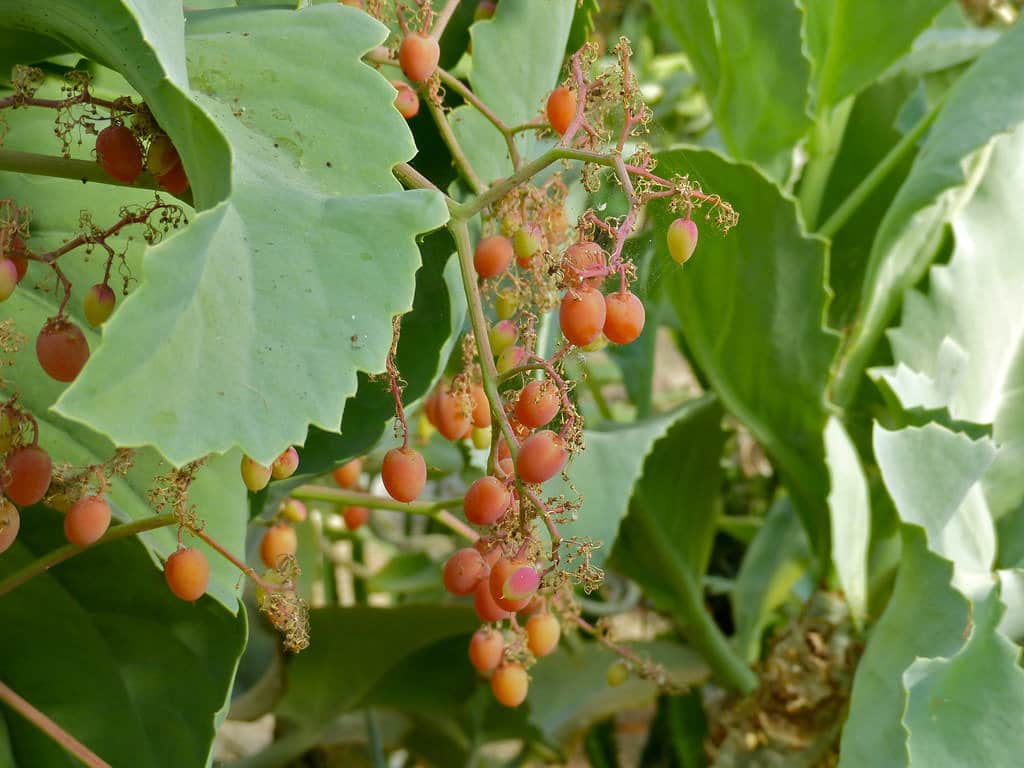
The Bastard Cobas are native to arid regions of South Africa. It thrives in well-draining soil and requires minimal water. When it comes to its appearance, possible reasons why it’s considered unattractive are:
- slow growth
- large, glossy leaves that reach height of 6 feet
- shedding during the winter
This plant then transforms with grape-like bunches towards late summer. For optimal growth, provide ample sunlight and shield from frost.
Round-up
In the world of plants, beauty takes on countless forms. Each species on the list adds its own chapter to the story of botanical diversity. So, whether considered “ugly” or extraordinary, these plants remind us of the vast tapestry nature weaves. Embrace the peculiar and find charm in the unconventional. With proper care, your garden can celebrate the richness of these unique plants.
To kickstart your gardening journey, explore our diverse range of greenhouse buildings. Available in wood, metal, and polycarbonate greenhouses to suit your preferences. Uncover more possibilities exclusively at Garden Buildings Direct!
Next on your reading list: Your Ultimate Plant Identification Handbook
Shop The Master Apex Shed









